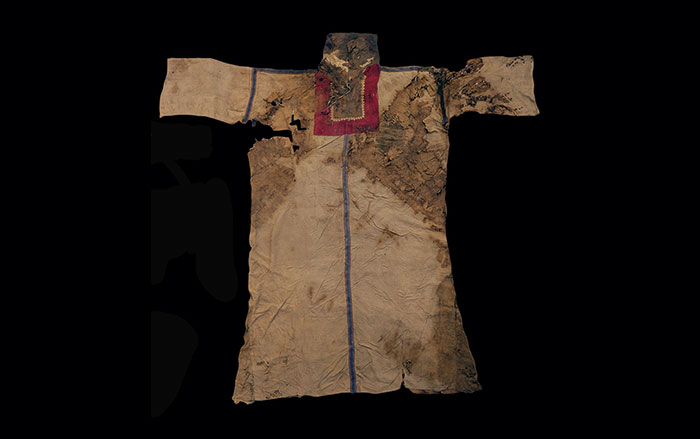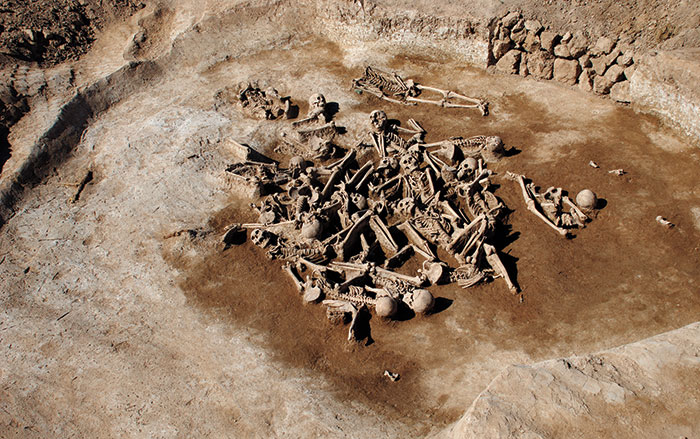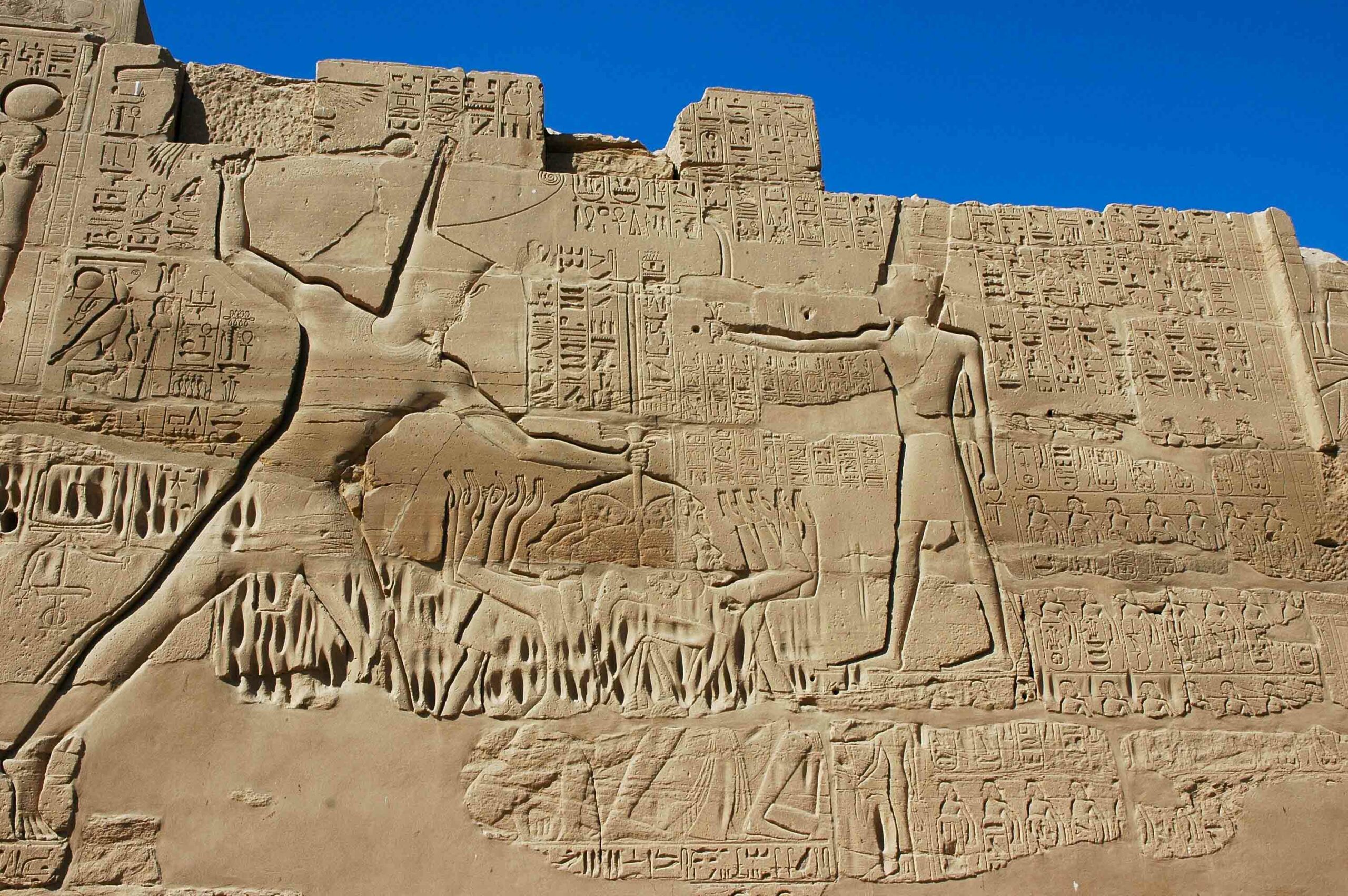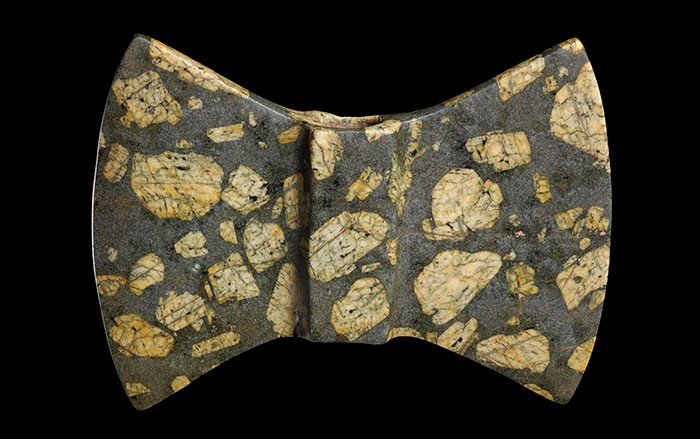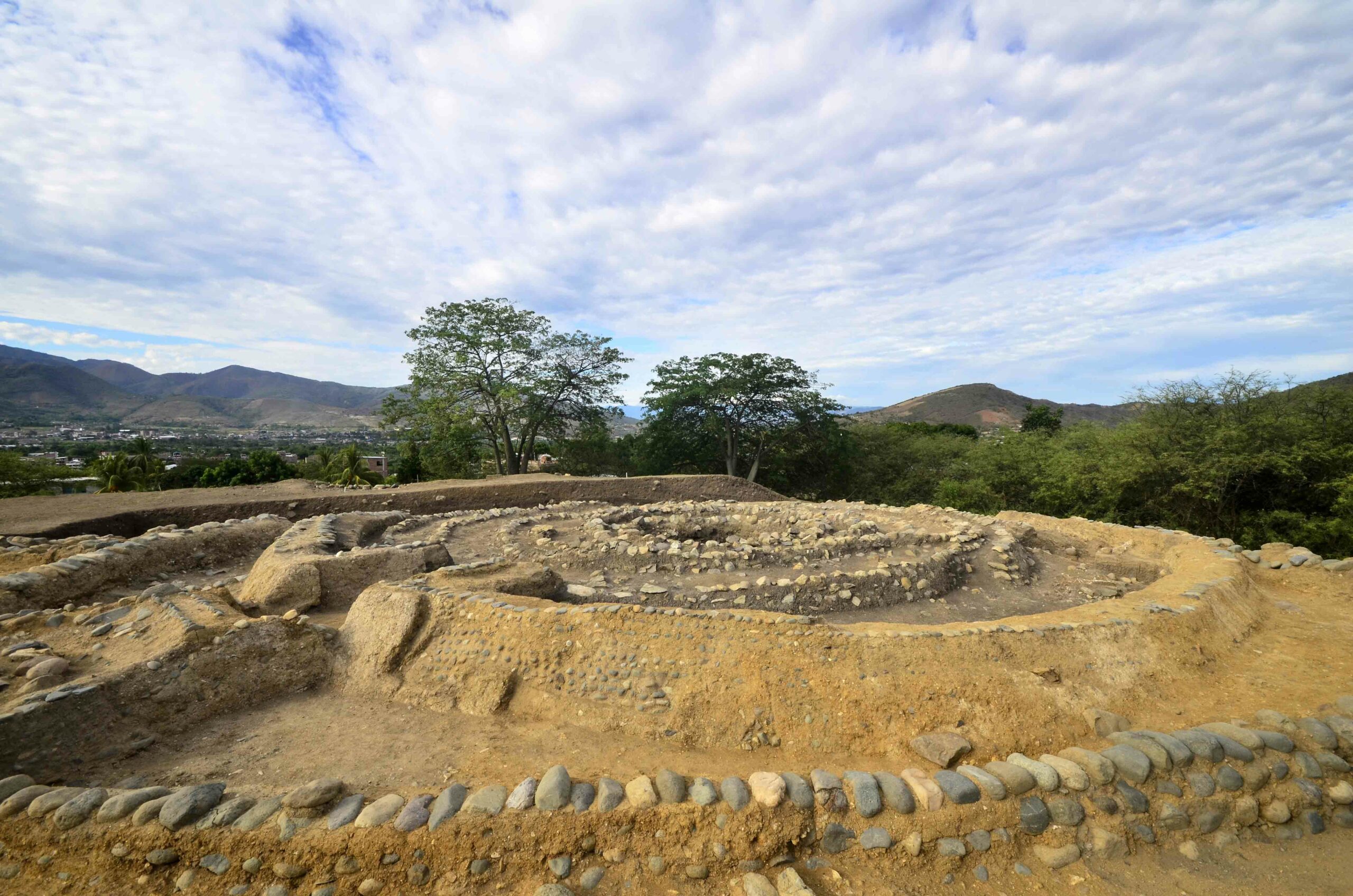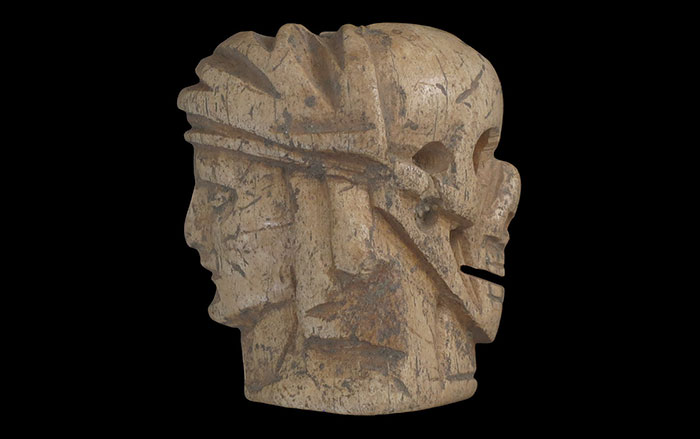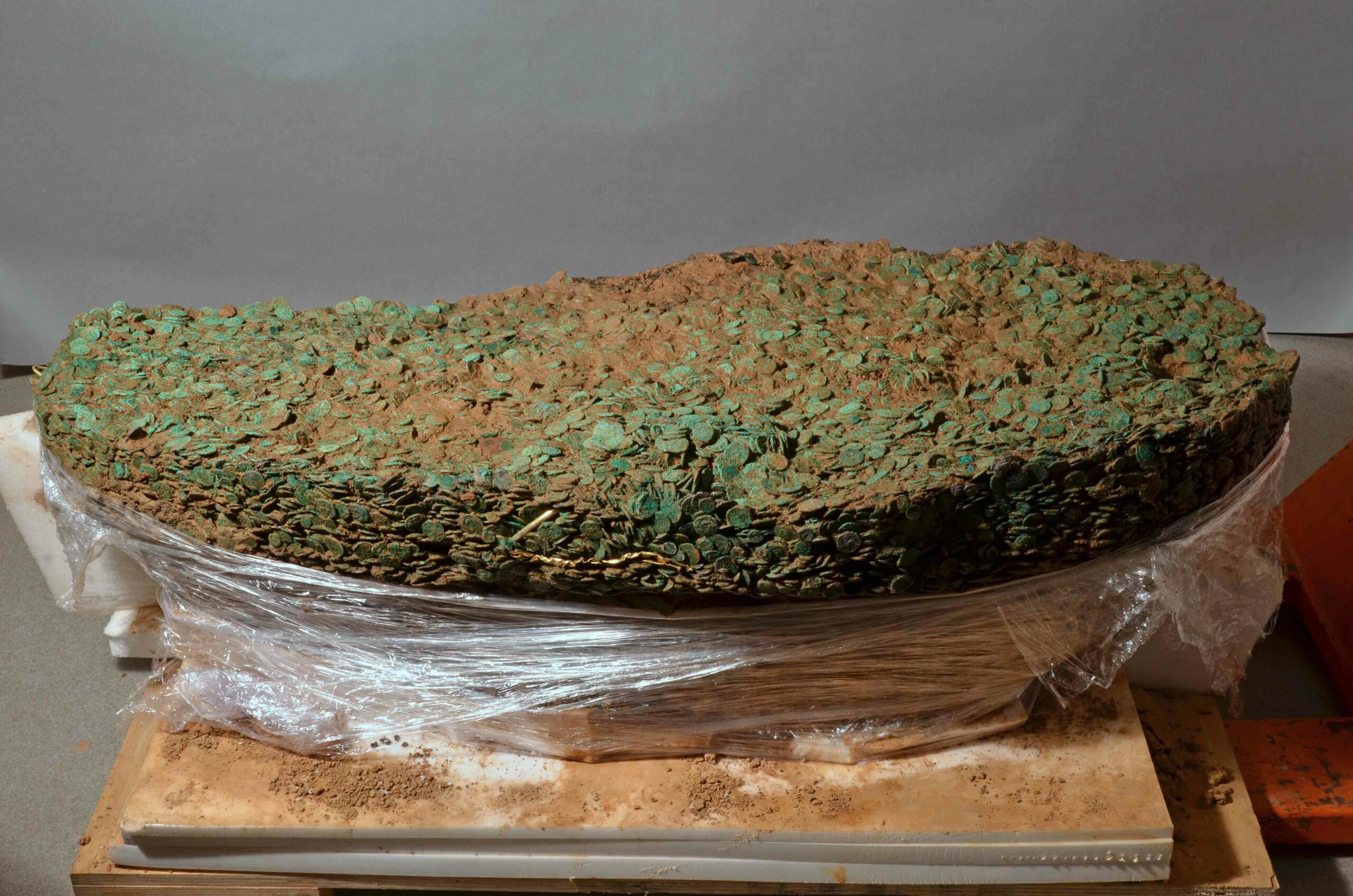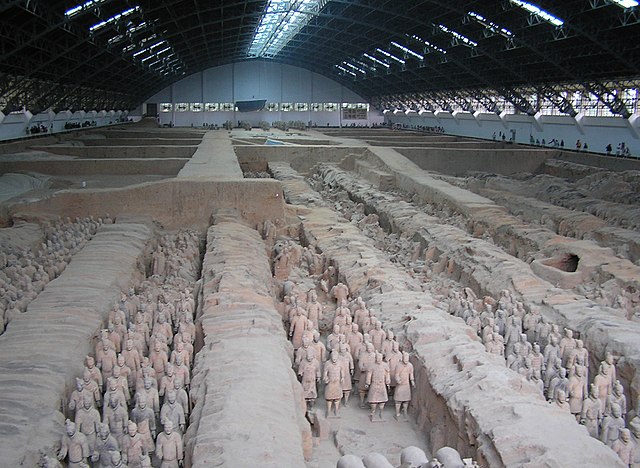
LONDON, ENGLAND—Three different clay recipes were used to construct the army of 7,000 terracotta warriors, bricks, and other figures in Emperor Qin Shihuang’s mausoleum, according to a report in Science News. Patrick Quinn of University College London and Chinese colleagues analyzed clay samples taken from different areas of the enormous tomb, which was built for China’s first emperor in the third century B.C. in northwest China. The objects in the study included 12 terracotta warriors, two acrobat statues, five clay bricks, fragments of clay recovered from inside three bronze waterfowl statues, and an earthen wall in the pit where the acrobat statues were unearthed. The researchers determined that all of the clay originated from deposits near the tomb, but the recipes for the different objects varied as to the amount of light and dark clays, sand, and plant fragments. Quinn and his colleagues think the appropriate mixtures may have been distributed to local workshops, where potters constructed the warrior statues and other items. Stamps and inscriptions on some of the objects indicate they may have been crafted at off-site factories, in collaboration with local potters. For more, go to “China’s Legendary Flood.”



